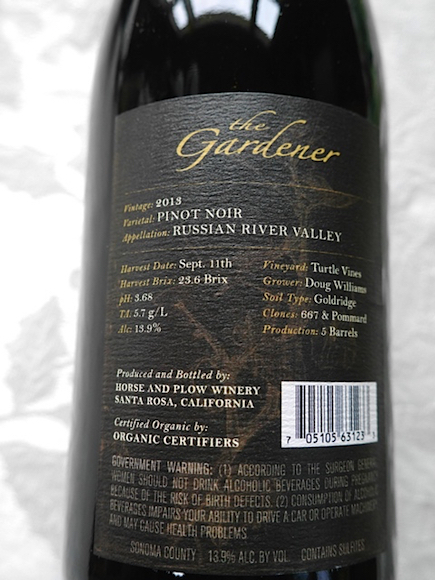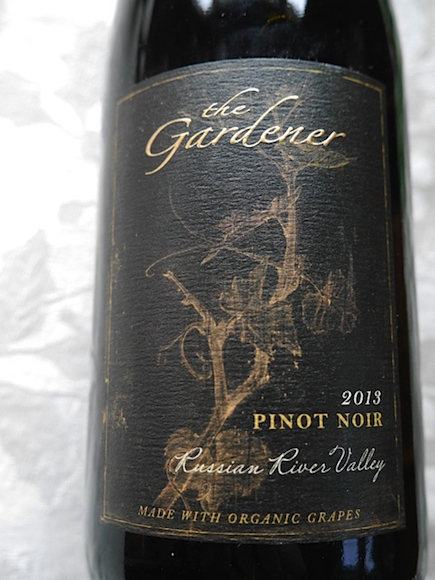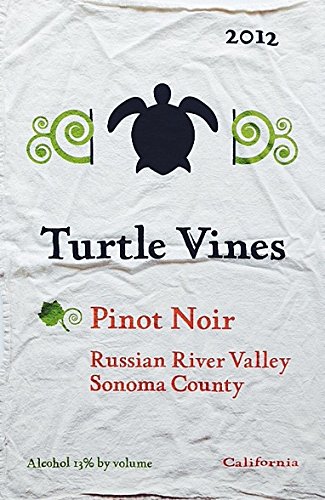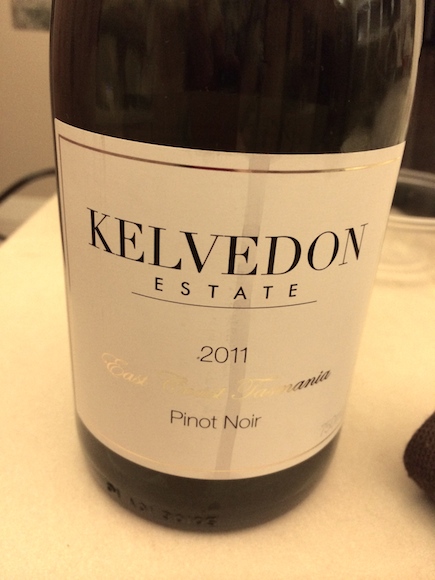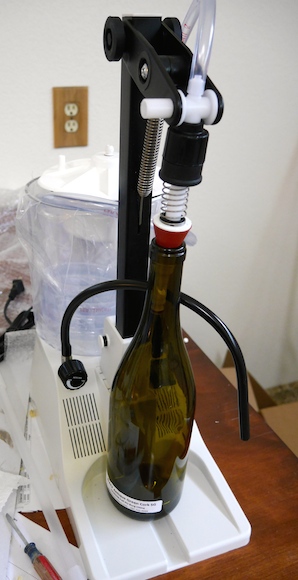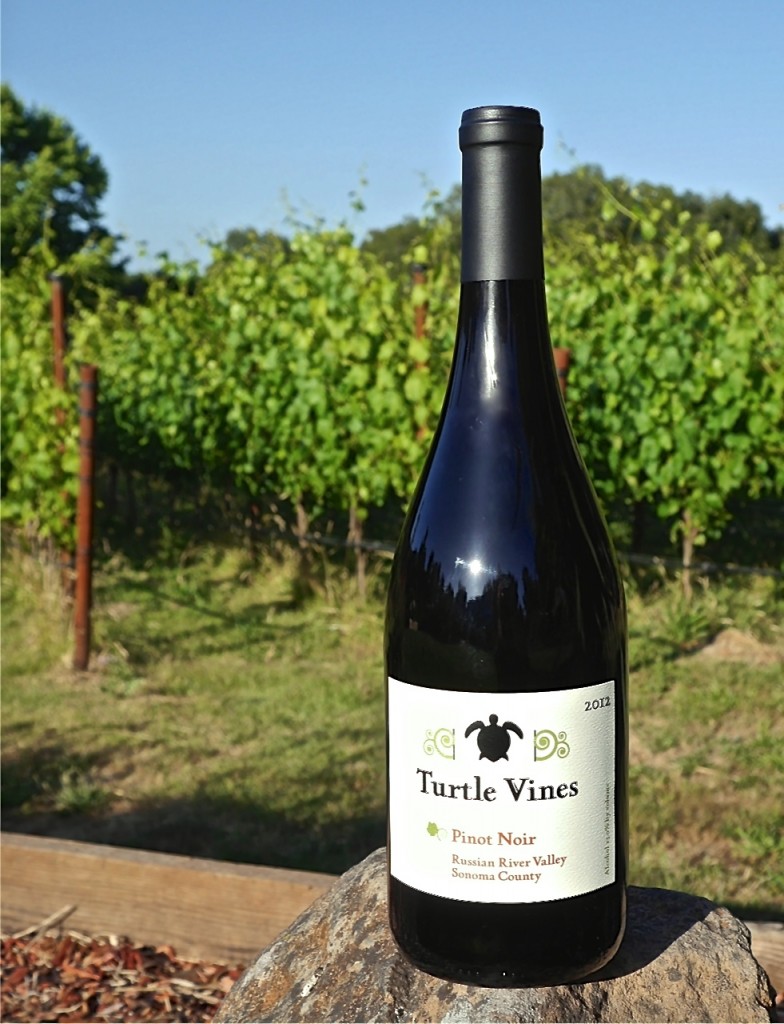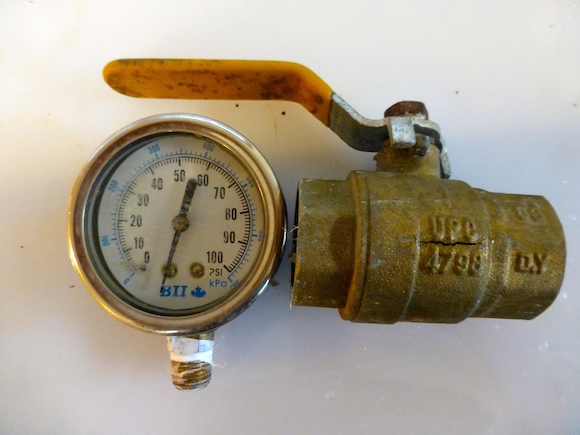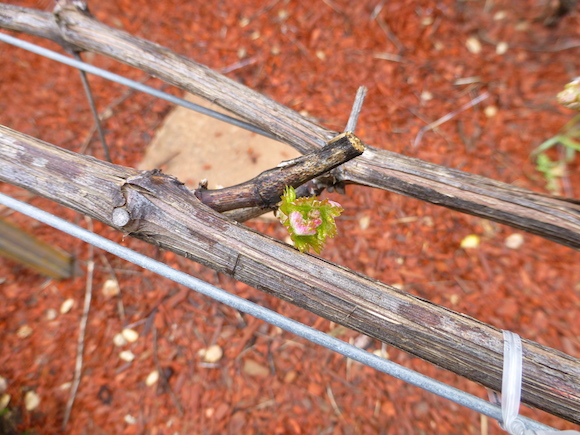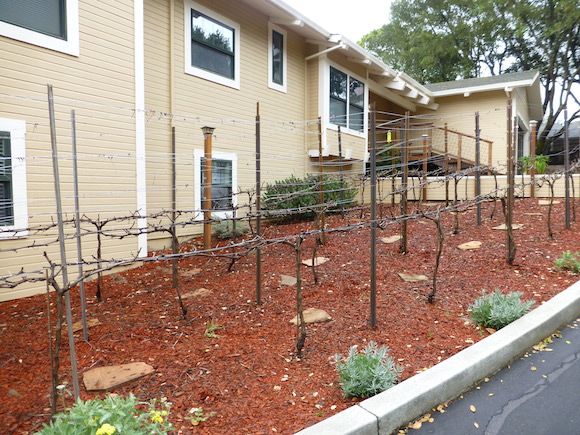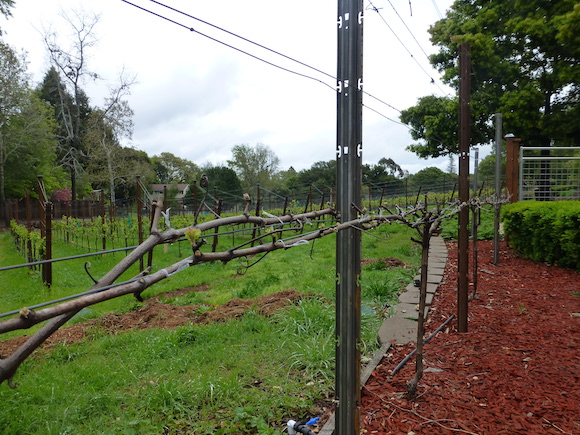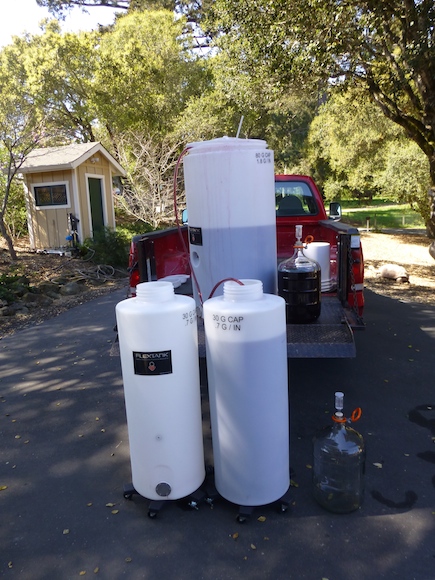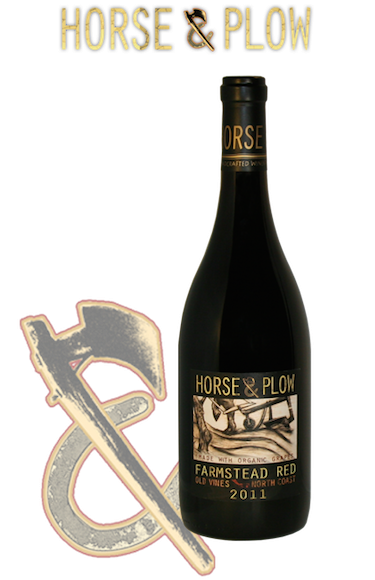
Why do I have a picture of another winery in my blog post? Well, we sold 75% of our grapes to Horse and Plow Winery in 2013 and the rest went into our Turtle Vines Pinot Noir.
As a grape grower, I want them to be successful so the love and labor we put into the grapes show in their winemaking. I also want a great relationship with them as I hope it can turn into a long term partnership. They live 1 mile from our house here in Sebastopol. As a wine maker, this is the first year I can compare our winemaking style to an experienced and acclaimed winemaker. I can tell you from tasting a bottle of Gardener 2011 Pinot Noir Carneros that it was was wonderful. I hope the wine they made from our 2013 grapes is just as good. FYI…Gardener is a sister brand of Horse and Plow.
Here are their bio’s…
Chris is a California native, but only 3 generations from Greece. His Grandfathers made wine, his Dad sold wine, and Chris does both! Chris studied Plant Ecology at SF State and Viticulture and Enology at UC Davis, before beginning his career at Pine Ridge Winery. He started Vinum Cellars in Oakville in 1997, which currently produces 30,000 cases of wine. He has also been the consulting winemaker for Kathryn Kennedy Winery since 1998. Chris’s past experiences, hard work and talent as a winemaker are evident in every bottle of Horse & Plow.
Suzanne was born in Savannah, Georgia. Her interest in wine developed while working in fine restaurants in Charleston, South Carolina. The mystery and romance of food and wine led her to France, and her first harvest at Comte Armand in Pommard. She moved to California in 2000, working at DeLoach, David Bruce and Goldeneye wineries. Suzanne had a small, pinot noir brand called Lutea for seven years, before starting the Gardener with Horse & Plow. Suzanne takes a sensory approach to winemaking, and strives to capture the more esoteric aspects of time and place in each vintage.
